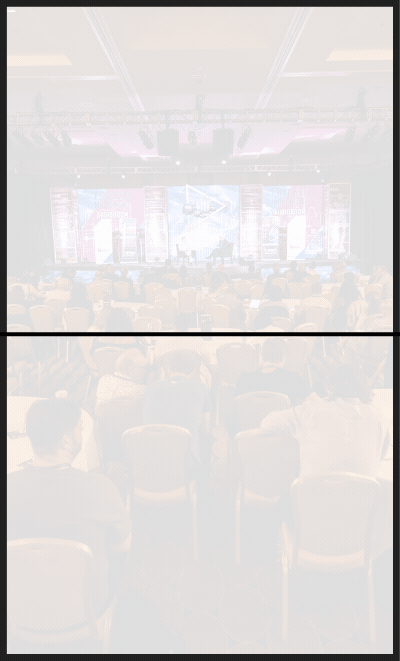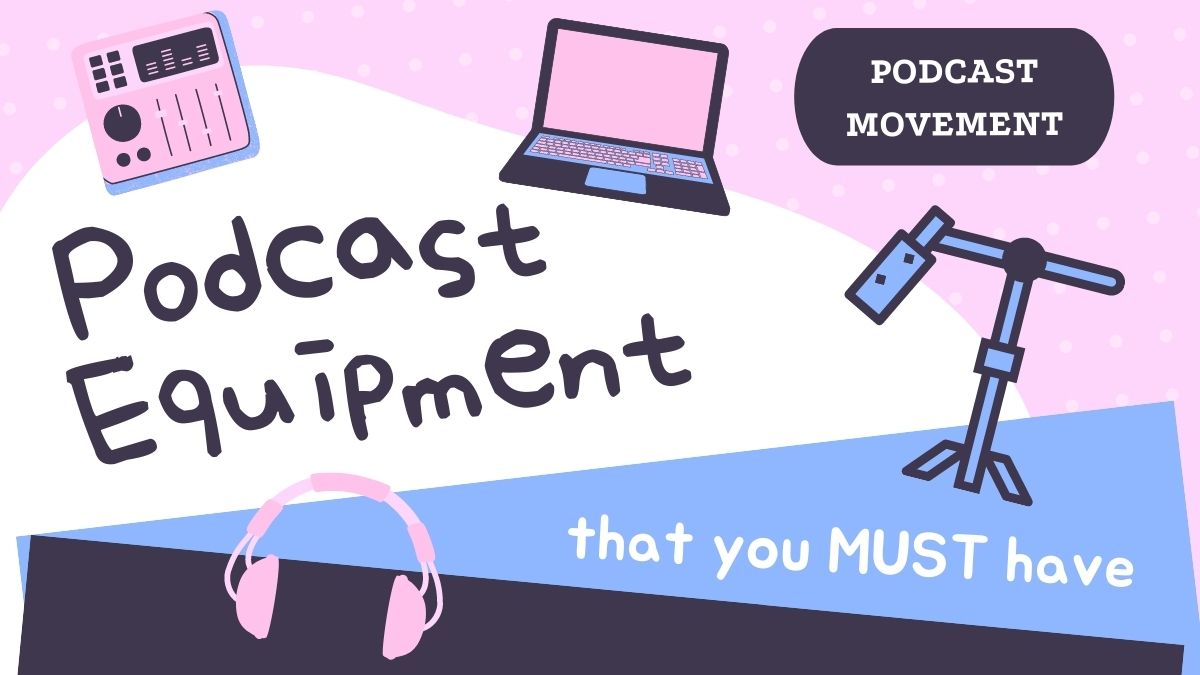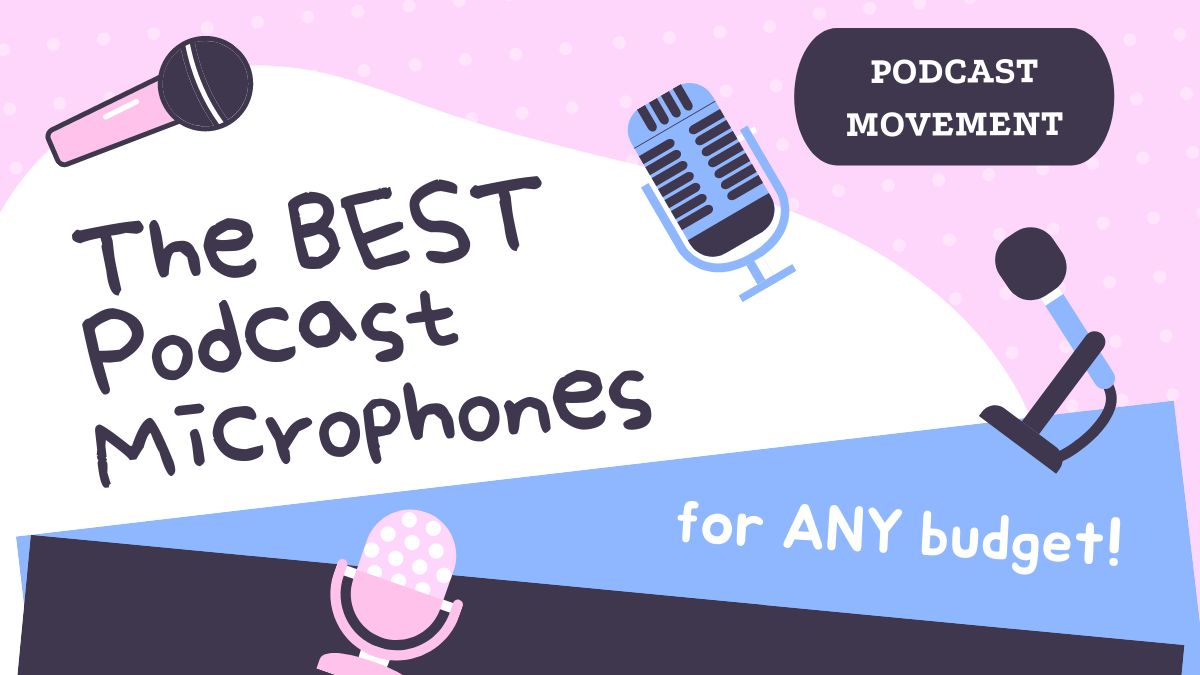
According to classic marketing wisdom, it is six to seven times more expensive to attract a new customer than it is to retain an existing one.
Keeping existing advertisers is better than finding new advertisers, and not just in the short term. Wharton marketing professor Peter Fader puts it best: “Decisions about customer acquisition, retention and development shouldn’t be driven by cost considerations — they should be based on future value.”
How do you get your advertisers to stick around? The answer is simple: great results. If an advertiser sees real benefit from working with you, they’re more likely to continue, or return to your podcast when the time is right.
That leaves the most important question to answer: How do you get results that will impress your advertiser?

Audience Engagement and Alignment
How engaged is your audience? Are they casual listeners or active listeners? When you make a request, do they respond? If you don’t know how engaged they are, you’ll have no way of knowing how well an ad campaign will work.
The best way to measure engagement is by asking your listeners to do something. This request needs to be bigger than ‘Follow me on social media’ or ‘Rate and review the show.’ Try a larger, more interactive ask, such as:
- Filling out a survey
- Registering to win a giveaway prize
- Posting a picture on social media, and tagging the show in exchange for something

Based on overall response, you’ll be able to see how many true fans you have. If you can’t get your audience, who presumably likes you, to do something you ask, chances are that they may not respond to your endorsement of an advertiser’s product.
You must be able to accurately communicate who your listeners are, and be sure to keep track of any demographic changes as your show grows over time.
While understanding your audience engagement is one of your most essential pieces of knowledge, it is followed closely by knowing who is listening to your show.
If you don’t know who listens, how will you be able to align your audience with the target market of an advertiser? If they’re looking to reach 18-year-old men and your audience is middle-aged women, a potential campaign will not serve the advertiser or the show. You must be able to accurately communicate who your listeners are, and be sure to keep track of any demographic changes as your show grows over time.
Preparedness is key to keeping advertisers satisfied. Another article in this series covers more tips on getting your show in top shape.

Create a Truly Compelling Ad
“I wish my favorite podcast had more ads,” said no one ever.
Listeners don’t want to hear ads, but they do want to find out about products and services that will enhance their lives. If you don’t authentically believe in what you’re promoting, they won’t either.
Your audience spends a lot of time listening to you, and they can tell if you genuinely like a product or if you’re pretending. If a brand approaches you that you just can’t get behind, it’s best to take a pass.

Remember, your goal is to get the maximum results possible for your advertiser. So what can you do to make the ad read come alive and motivate your audience to act? Your approach at this one moment will determine how well the campaign performs.
Give personal experience about how the product you’re advertising has improved your life. After all, you and your listeners have a lot in common.
Production quality will have a dramatic effect as well. Consider the structure of how you deliver your message. Make sure to start your ad read with a hook that will pull your listener in. This can be a story, a funny line, or anything you know will keep your audience listening.
A listener isn’t going to respond to the advertiser if they don’t hear the ad. Your goal is to prevent them from using the ‘skip’ button, which means you need to develop a message that feels in line with your overall content.
Give personal experience about how the product has improved your life. After all, you and your listeners have a lot in common. Communicate the product’s value propositions, i.e., the benefits it will bring, and end your ad read with a solid call-to-action or offer that will entice your listeners to try the product.

Track the Results of the Campaign
We’ve all heard promo codes or unique URLs accompanying a call-to-action in an ad read. Make sure it’s convenient for your audience to find this information when they are ready to make a purchasing decision. Here’s how:
- Include the promo code/URL in your episode description.
- Include the information in your show notes or create a page on your website that lists your advertisers’ promo code/URLs.
- Tell your audience in your ad read where they can find the promo code/URL so that when your listeners are ready to buy a product from your sponsor, they can easily find this information and use it!
Attribution/pixel tracking through companies like Podsights and Chartable are an excellent way to track the results of your campaign without having to ask the listener to do anything.
Pixel tracking allows the advertiser to see how many of your listeners visit their site and make a purchase. These tools are a must-have for many widespread podcast ad campaigns. If your show cannot provide this tracking, it could hold you back from getting sponsors.

Communicate with your Advertiser Throughout your Campaign
During your campaign, make sure to regularly reach out to the advertiser with exciting information. This could be feedback from your audience or impression/download delivery. Ask your advertiser how they think the campaign is coming along. If they don’t see the results they expect, offer to brainstorm with them to see if there is anything you can do to help boost performance.
Perhaps integrating a handful of social media posts or including the advertiser in your newsletter could help improve results. Maybe your ad read isn’t resonating with the audience and needs to be updated. Communication is key. You don’t want to wait until the end of the campaign to find out that the advertiser isn’t happy with your podcast.

Renew Your Advertisers
Please don’t wait for an advertiser to tell you they want to renew. Before their current campaign ends, reach out to discuss continuing the relationship. Reiterate to the sponsor that the relationship has been valuable, and let them know what you can offer them for their next campaign.

If an advertiser doesn’t want to renew, or is on the fence, it may help to offer them something unique in addition to the ad reads. A founder interview or a giveaway in association with the campaign may be enticing to them. Get creative and show the advertiser that you have more to offer, and are motivated to produce the results they’re looking for.
Get creative and show the advertiser that you have more to offer, and are motivated to produce the results they’re looking for.
In conclusion, building strong advertiser relationships is a must if you want to continue to work with a company. It’s best to make decisions based on “future value,” as Peter Fader suggests. Getting great results often takes trial and error, but you can streamline the process by understanding the needs of your advertisers and audience.




Join the Movement